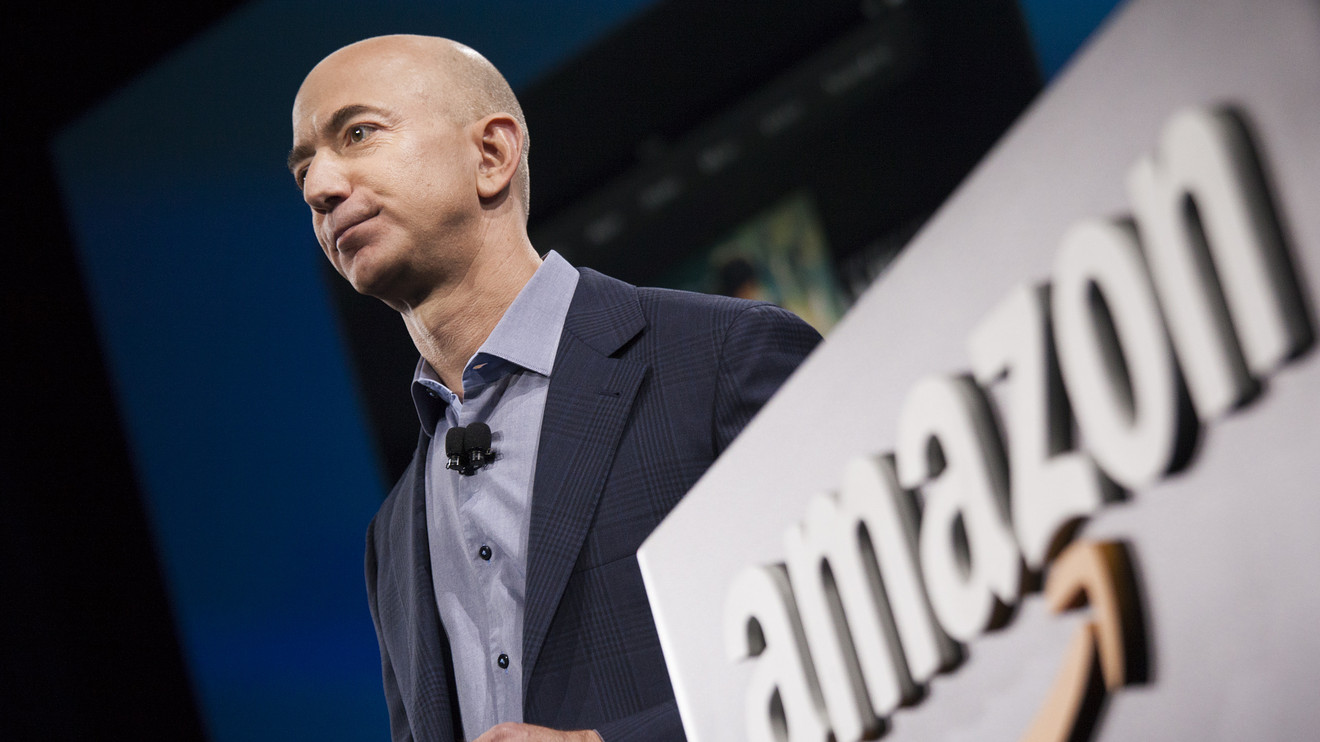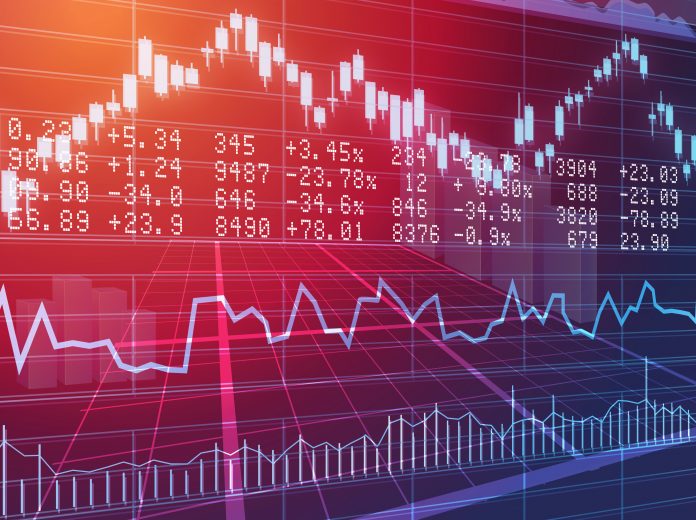Amazon’s Profits Don’t Come Cheap
The online retail giant gave Wall Street some cheer Thursday, posting third-quarter sales that jumped 34% to $43.7 billion. That would have beat analysts’ forecasts even without a $1.3 billion contribution from Whole Foods Market. Operating income, while down 40% year-over-year to $347 million, managed to beat the company’s rather downbeat forecast from the second quarter, the midpoint of which projected a loss of $50 million.
The key question moving forward is how long Amazon’s [stckqut]AMZN[/stckqut] current “investment mode” may last. Wall Street is betting on a sooner than later. Analysts expect record operating income of $6.5 billion next year compared with a projected $3.3 billion this year. But the company is absorbing the huge acquisition of Whole Foods as well as building on its future ambitions for grocery, devices, cloud and quite possibly other areas—such as pharmacies.
Those don’t come cheap. It is worth noting that Amazon’s free cash flow dipped into negative territory for the third quarter if one includes the payments made to cover its capital lease obligations. And now that Whole Foods is factored in, Amazon now employs more than half a million full-time employees. With investors hungry for more profits, that is a lot of mouths to feed.



